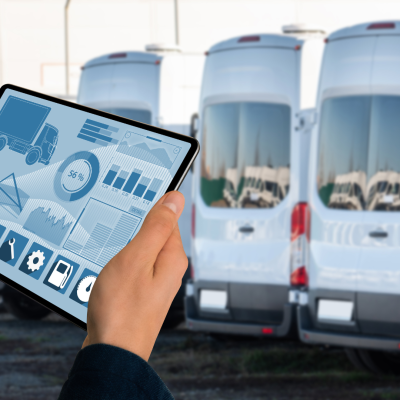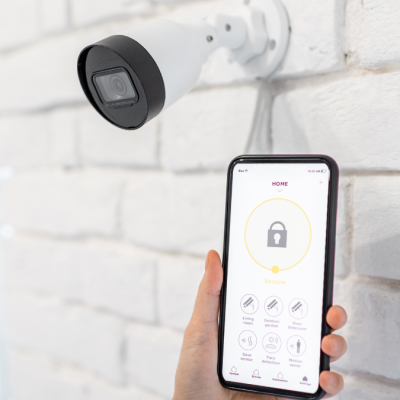The nature of work is changing rapidly, and the workforce is becoming increasingly deskless. Many industries, such as retail, hospitality, and healthcare, have a significant portion of their workforce that works on the go, away from a traditional desk. As a result, companies are turning to technology for ensure the efficiency and success of deskless workforce management.
In this blog post, we will explore the anatomy of a great technology for the deskless workforce. We will look at the key features and functionalities that make up an effective deskless workforce technology, and how it can help businesses succeed in today’s rapidly evolving workplace.

Mobile Accessibility for Deskless Workforce Management
The first key feature of a great technology for the deskless workforce is mobile accessibility. As more and more workers are on the go, it is important that they access their work-related tools and resources from anywhere, at any time.
Mobile accessibility can take many forms, such as a mobile app or a responsive web design. Whatever the form, the technology must be easy to use, and enable workers to perform their tasks quickly and efficiently.
Task Assigning in Deskless Workforce Management
Another key feature of a great technology for the deskless workforce is task management. Task management refers to the ability to assign tasks to workers, track their progress, and ensure they are completed on time.
Task management can help improve productivity, reduce errors, and ensure that work is completed in a timely and efficient manner. It can also help workers stay on top of their workload, and prevent them from becoming overwhelmed by the volume of tasks they need to complete.
Communication Management
Effective deskless workforce technology should include a range of communication tools, such as instant messaging, video conferencing, and voice calls. These tools should be easy to use, and allow workers to communicate in real-time, regardless of their location.
Training and Onboarding
Training and onboarding are essential for any new employee, but they are particularly important for deskless workers who may not have access to traditional training methods, such as classroom-based sessions or manuals.
An effective technology for the deskless workforce should include training and onboarding tools tailored to the needs of deskless workers. These tools should be easy to use, engaging, and accessible from anywhere.
Compliance for Deskless Workforce Management
Compliance management is a critical aspect of any business, but it can be particularly challenging for deskless workforces. Workers on the go need to be able to access compliance-related information quickly and easily, and to report any issues or concerns in a timely and efficient manner.
An effective technology for the deskless workforce should include compliance management tools that are easy to use and accessible from anywhere. These tools should enable workers to report any compliance-related issues, and enable managers to track and resolve these issues quickly and efficiently.
Analytics and Reporting
Lastly, an effective technology for the deskless workforce should include analytics and reporting tools. These tools enable managers to track the performance of their workforce, identify areas for improvement, and make data-driven decisions to optimize their business processes.
Analytics and reporting tools can provide insights into a wide range of areas, such as worker productivity, task completion rates, compliance-related issues, and much more. These insights can help businesses make informed decisions, improve performance, and ultimately, achieve success.

Conclusion
In conclusion, the anatomy of a great technology for the deskless workforce includes mobile accessibility, task management, communication, training and onboarding, compliance management, and analytics and reporting. These features enable businesses to manage their deskless workforce effectively, optimize their business processes, and achieve success in today’s rapidly evolving workplace.





